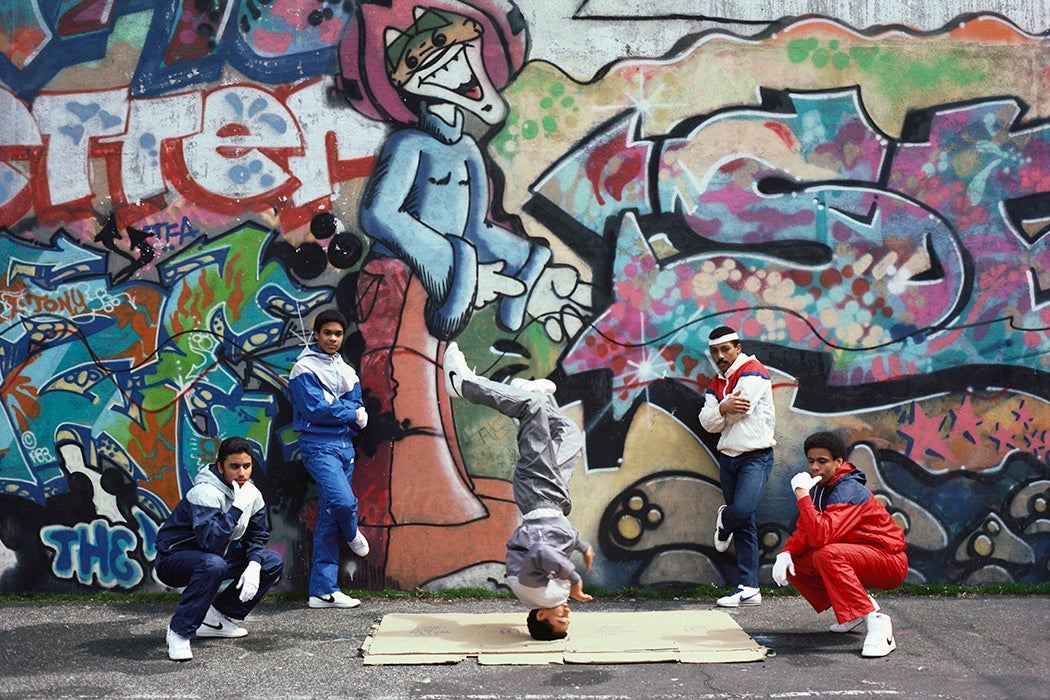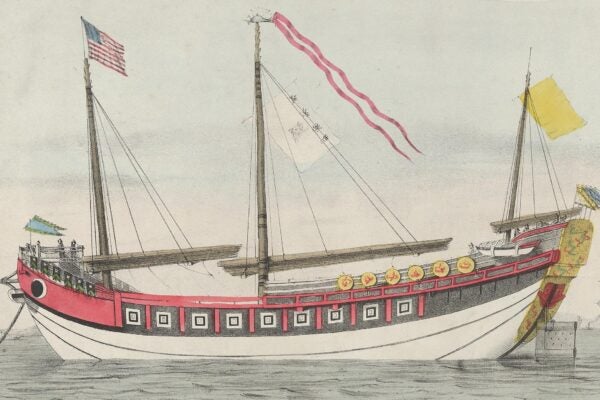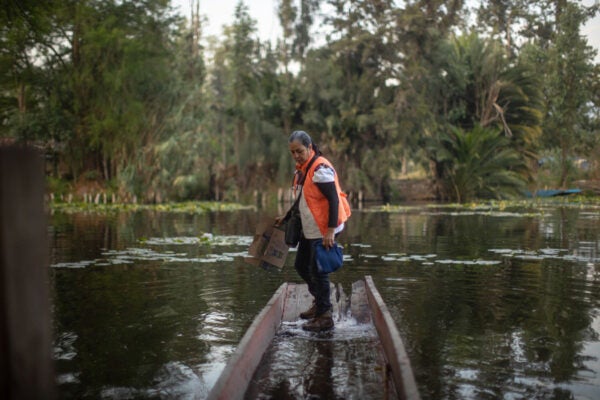The Physiology of Breakdance (The Conversation)
by Aliza Rudavsky
Breakdancing can involve moving in ways that make many non-participants wince. How do these athletes put the entire weight of their bodies on their necks during a headspin without seriously injuring themselves?
A Pandemic for Life on Earth (Mongabay)
by Sharon Guynup
Since 2020, the bird flu known as H5N1 has spread to 500 bird and mammal species and reached six continents. The virus, which developed in large-scale poultry farms, may or may not be really bad news for humans, but it definitely poses a threat to the world’s biodiversity.
The Mechanics of Global Warming (Quanta Magazine)
by Joseph Howlett
We’ve known for well over a century that carbon dioxide can hold heat in the Earth’s atmosphere. But scientists are just figuring out exactly how the molecule’s quantum structure allows it to do that.
New Steel for Better Cars (Knowable Magazine)
by John Johnson Jr.
Steel is more than 98 percent iron. But the content of the other 2 percent, and the methods used in manufacturing, can change the metal’s microstructure, conferring properties from hardness to plasticity that allow for new possibilities in automobile engineering.
When the Subject is the Researcher (Aeon Magazine)
by Charlotte Blease and Joanne Hunt
Medical researchers have long been hesitant to accept patients’ reports of their experiences as legitimate data. But some people with serious disabilities and illnesses have found their way through institutional barriers and brought new insights into the field.
Got a hot tip about a well-researched story that belongs on this list? Email us here.






